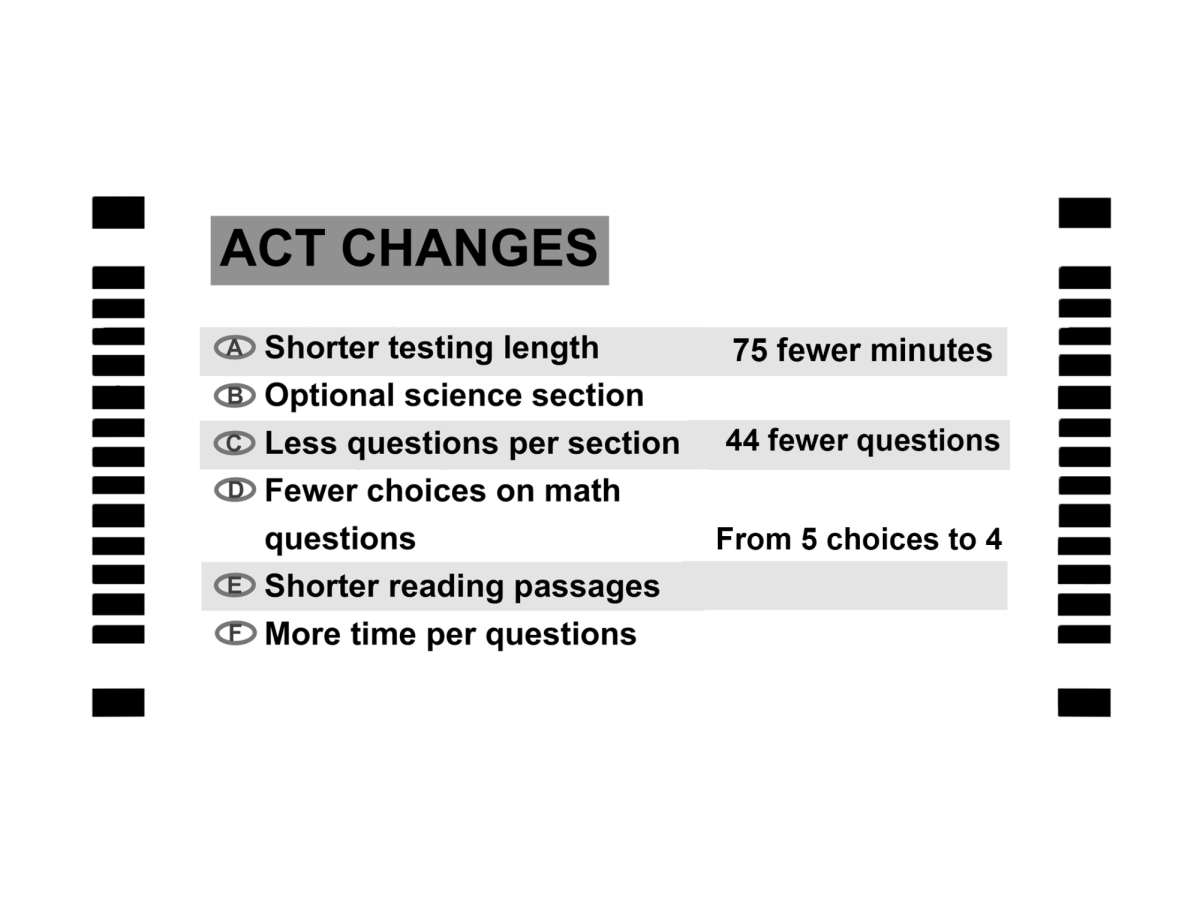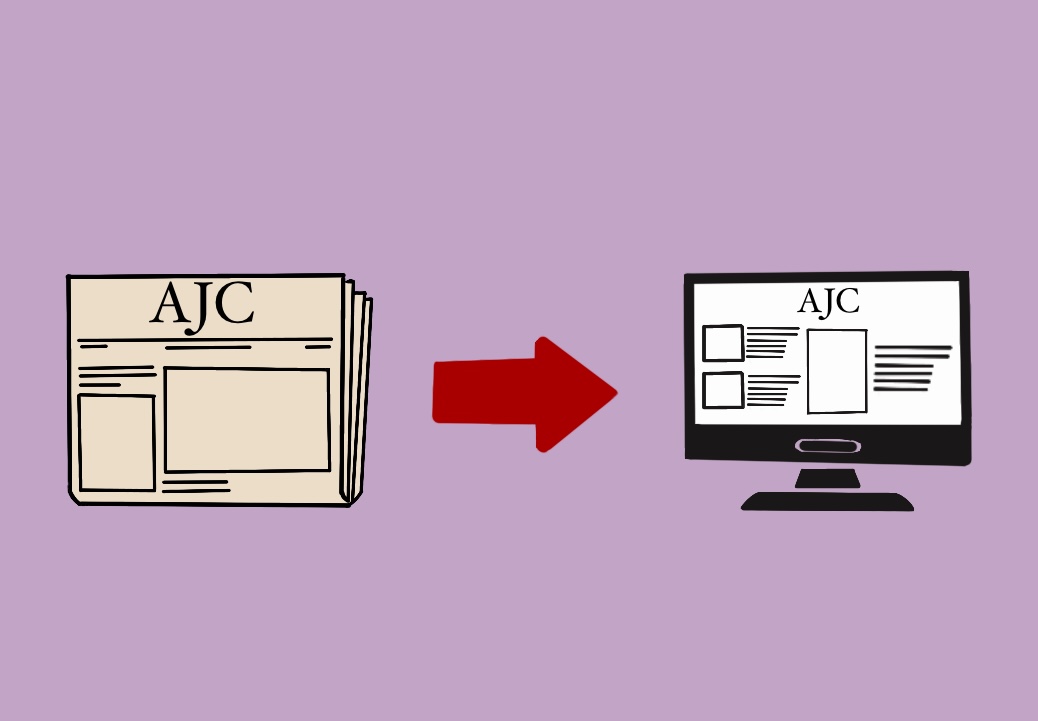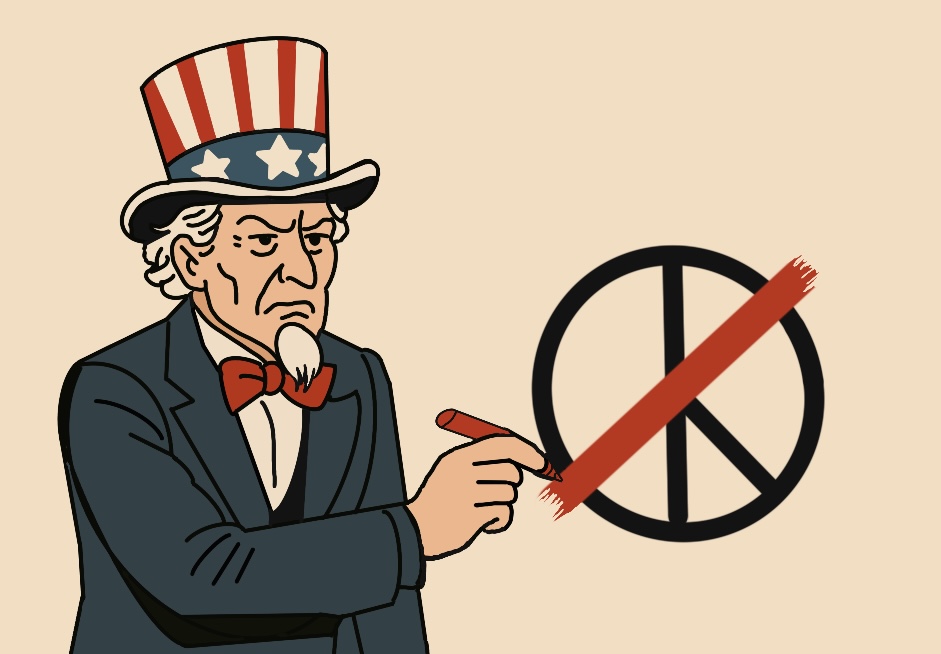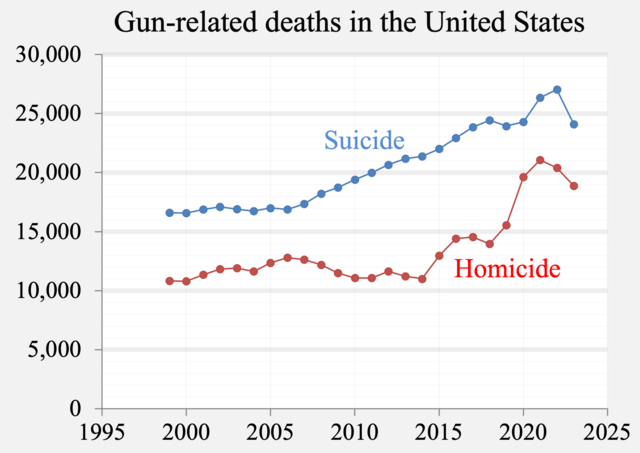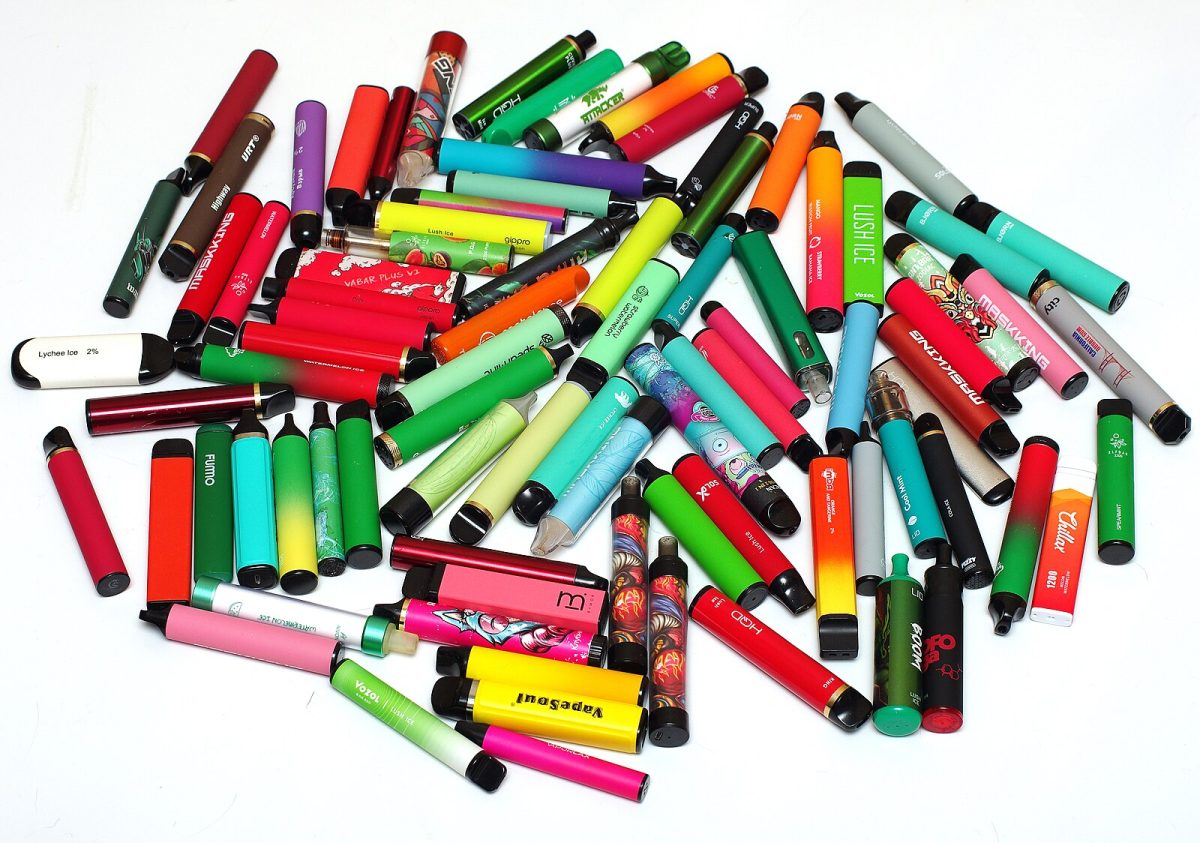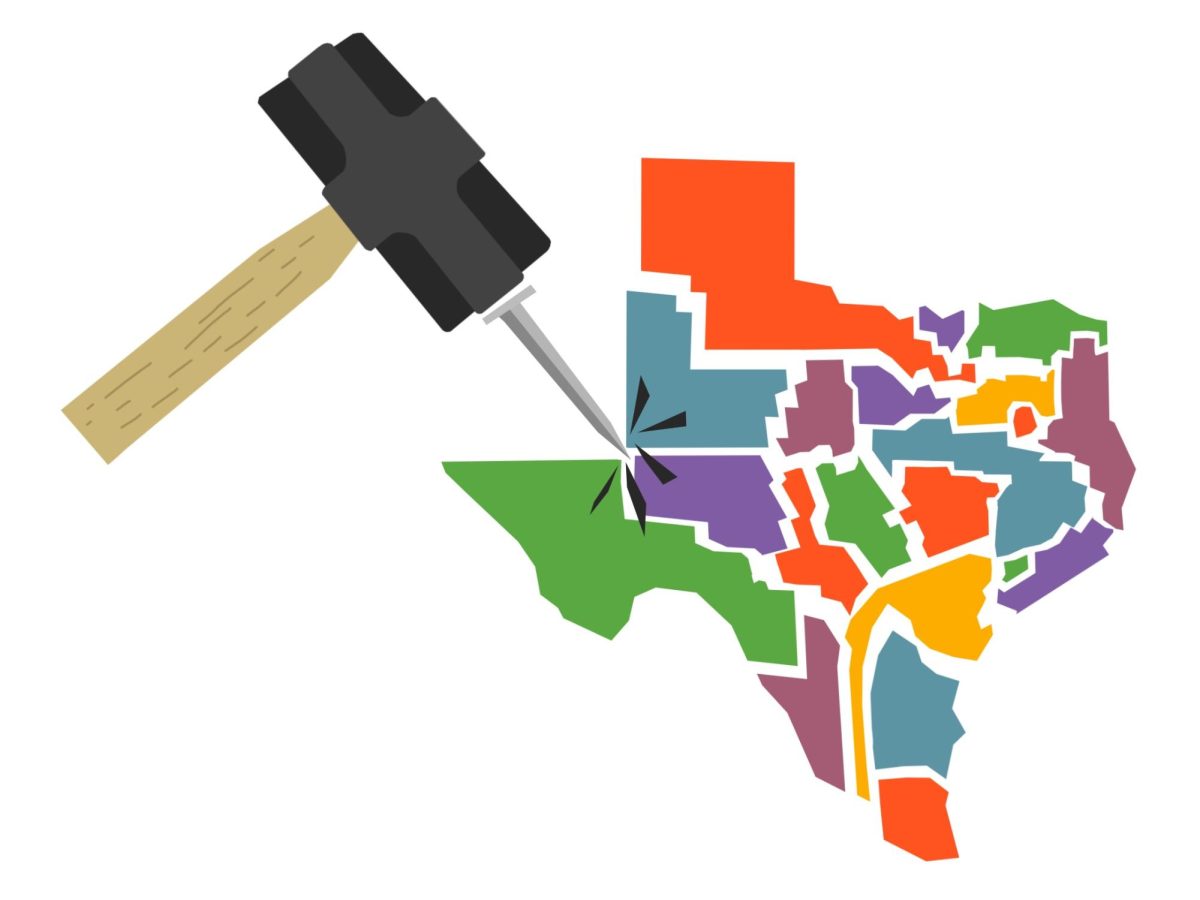At first glance, Labubus, the odd-looking plush dolls that have gone viral on social media recently, appear to be a gimmicky collectable item. The small stuffed toy resembles a cross between a teddy bear and a rabbit, and comes in different editions with various outfits. While they seem relatively harmless, Labubus are the latest addition in a long line of trends rooted in a philosophy of consumerism and mass spending.
In essence, consumerism is when constant spending of money on frivolous things is seen as the key to happiness by a society. Our country has fallen deep into the hold of consumerism, as people try to achieve happiness through their material possessions. Consumerism has further worsened in the age of social media, as internet trends lead people to purchase unnecessary commodities like Labubus in large quantities for an inflated price in order to simply fit in.
These trends are only temporary, as people quickly find the next thing to satisfy their consumer cravings. Whether it is fidget spinners or Stanley water bottles, these trends never stick around. In their wake, they leave environmental waste and squandered money. The Beanie Baby trend that took the world by storm in the late 90s shares many of the characteristics of the Labubu boom. Both trends were marketed as collectors items, encouraging people to buy numerous products and pay an extremely high price for editions that are marketed as rare. Rare editions of Labubus have resold for over $10,500 on ebay, and rare editions of a Princess Diana beanie baby have resold for over $50,000, despite the originals being sold for $350.
Defenders of Labubus might argue that the company that makes them, Pop Mart, did not price these rare Labubus at such a high value, and therefore the price that they fetch on a resale market is a result of their actual value. While it is true that Pop Mart themselves price the most popular Labubu at just $28, this does not mean that they are completely free of blame for this craze.
Pop Mart utilizes a “blind box” strategy, where buyers don’t know what kind of Labubu they’re going to get until they unbox it. They also unveil new Labubus in waves, with each release having 12 different regular Labubus with one rare Labubu. This is marketed as a fun way to make buying Labubus exciting, but it is more akin to gambling, as it encourages people to keep spending money with the hope of finding a rare one. Reselling and scalping has also occurred as a result, with people buying up Labubus as they come out and flipping them for double the price. A single consumer purchasing just one Labubu is not the stem of the problem, but it is the senseless purchasing of Labubus in bulk that really makes a difference.
The issue of overconsumption is made drastically worse by the influence of social media. Unlike the Beanie Baby craze in the 90’s, the Labubu trend has taken place in a time where ideas and content spread around the globe faster than ever, reaching the widest audience possible. People see videos on the internet of influencers unboxing Labubus, or people showing off their rare ones, and it makes regular consumers want to buy their own. This is all a part of a greater issue, where social media viewers desire to live lives similar to those they see online, and feel like they can get a piece of these lives through a material purchase. Viewers also experience a phenomena commonly known as FOMO, or the fear of missing out, as a result of these trends. It’s easy to feel like you’re the only one without a Labubu when all you see is videos of people who have one.
Another crucial problem with the overconsumption evinced in trends like Labubus is the immense strain that is put on the environment. Like most other toys, Labubus are made of multiple kinds of synthetic fabrics and plastics. These materials make for a more sound construction, but take much longer to break down than natural materials, with some types of synthetic fibers taking over 450 years to fully decompose. This doesn’t even include materials used in the manufacturing process, materials used for packaging, and the emissions used to manufacture as well as ship Labubus. Similar to how fast fashion has been extremely impactful on the environment, these Labubus will all go to waste once people decide they are done with them.
While it is true that this is a criticism of nearly every manufactured product in modern society, the Labubu craze and the mass consumption associated with it has significantly worsened these effects. Furthermore, the fast moving nature of trends ensures that consumers will eventually become tired of Labubus, and that a large quantity of extra Labubus will go to waste. Beanie babies suffered this fate over 20 years ago, with the market collapsing due to oversaturation. Beanie babies largely became worthless, and were discarded by their owners. We can expect the world to move on from Labubus, just like it has for every trend that came before them. In their wake, they will leave physical and financial waste that we have to live with for centuries.


